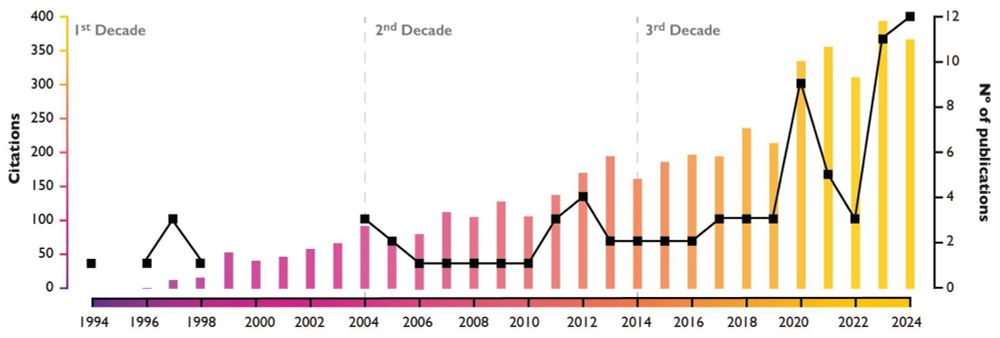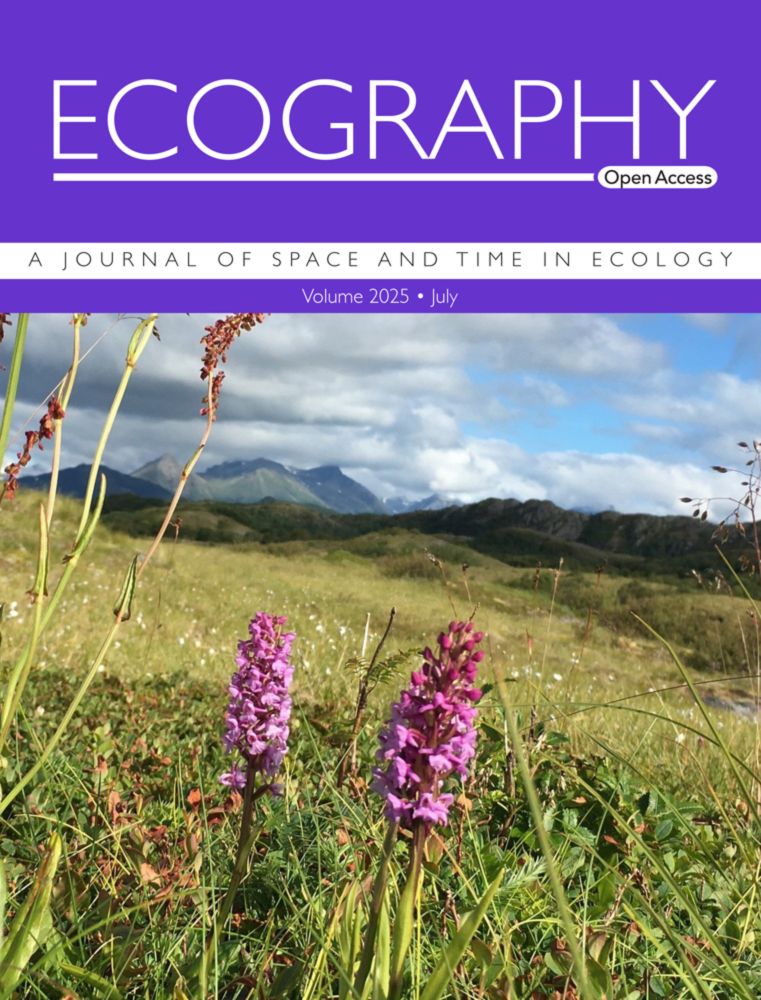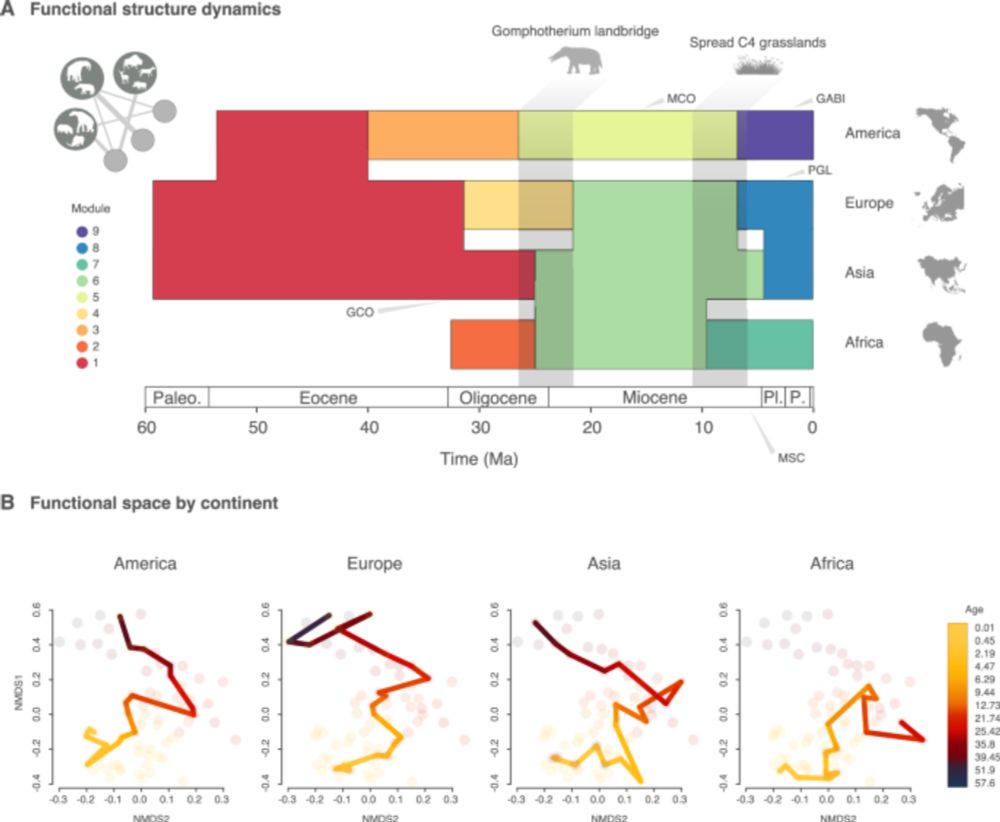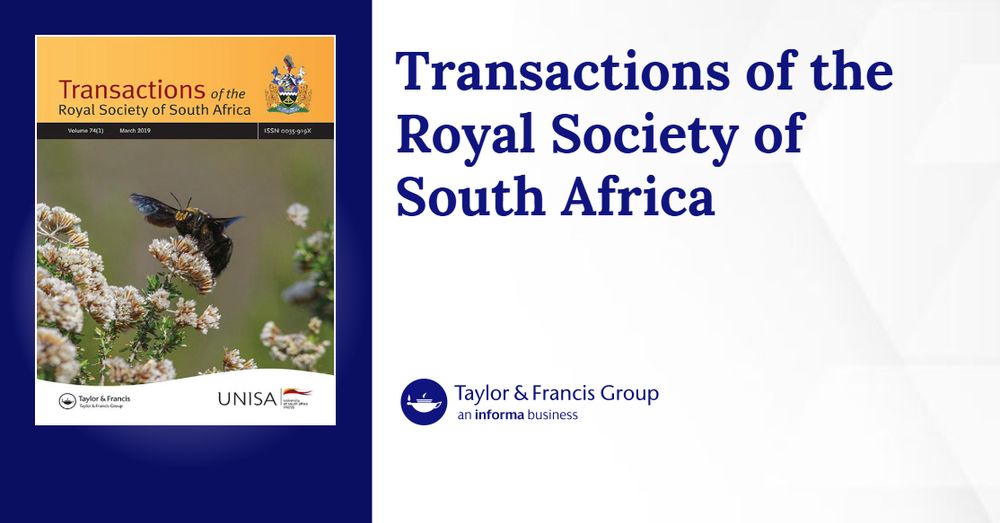

by @dasanz.bsky.social et al.
onlinelibrary.wiley.com/doi/10.1111/...
by @dasanz.bsky.social et al.

onlinelibrary.wiley.com/doi/10.1111/...
by @dasanz.bsky.social et al.
cp.copernicus.org/articles/21/...

cp.copernicus.org/articles/21/...
Huge thanks to Rafa Barrientos for the pic (I mean, Rafa is the photographer, not the stunning monkey 🐒)

Huge thanks to Rafa Barrientos for the pic (I mean, Rafa is the photographer, not the stunning monkey 🐒)


This review looks at 30 years of stable isotope studies on South American fossil mammals, exploring research trends, paleoecological insights, and future directions.
@mdpiopenaccess.bsky.social @igeociencias.bsky.social @hdezfdez.bsky.social
🔗 www.mdpi.com/2076-3263/15...

This review looks at 30 years of stable isotope studies on South American fossil mammals, exploring research trends, paleoecological insights, and future directions.
@mdpiopenaccess.bsky.social @igeociencias.bsky.social @hdezfdez.bsky.social
🔗 www.mdpi.com/2076-3263/15...
This is the first bibliometric and conceptual review to answer that question.
This is the first bibliometric and conceptual review to answer that question.
•Temporal and taxonomic biases
•Research trends, gaps and emerging topics
•Collaboration networks and gender equity
•Temporal and taxonomic biases
•Research trends, gaps and emerging topics
•Collaboration networks and gender equity
✔ the Quaternary (77% of the papers)
✔ certain taxa (e.g., Equidae, Camelidae, Toxodontidae)


✔ the Quaternary (77% of the papers)
✔ certain taxa (e.g., Equidae, Camelidae, Toxodontidae)
We need more balanced regional sampling to understand continent-wide patterns.

We need more balanced regional sampling to understand continent-wide patterns.



🧭We hope this review becomes a roadmap for future work.
www.mdpi.com/2076-3263/15...
🧭We hope this review becomes a roadmap for future work.
www.mdpi.com/2076-3263/15...
by @dasanz.bsky.social et al.

by @dasanz.bsky.social et al.
In the 1980s, Brown and Maurer laid the foundations of macroecology with a simple, powerful idea:
space, time… and FOOD.
Where food is, how it's distributed, and who gets access to it.

In the 1980s, Brown and Maurer laid the foundations of macroecology with a simple, powerful idea:
space, time… and FOOD.
Where food is, how it's distributed, and who gets access to it.
nsojournals.onlinelibrary.wiley.com/doi/10.1002/...
by @paleobicha.bsky.social et al.

nsojournals.onlinelibrary.wiley.com/doi/10.1002/...
by @paleobicha.bsky.social et al.
I'm a highly motivated researcher with experience in R, network analysis, and multivariate statistics. My focus is on the evolution of ecosystems and biodiversity over deep time.

I'm a highly motivated researcher with experience in R, network analysis, and multivariate statistics. My focus is on the evolution of ecosystems and biodiversity over deep time.
We explore the geological evolution of Des-Cubierta Cave (Madrid), revealing 300,000 years of karst development, sedimentation, and Neanderthal occupations:
🔗 doi.org/10.1002/jqs....

We explore the geological evolution of Des-Cubierta Cave (Madrid), revealing 300,000 years of karst development, sedimentation, and Neanderthal occupations:
🔗 doi.org/10.1002/jqs....
www.nature.com/articles/s41...

www.nature.com/articles/s41...
#evolution #paleontology #paleobiology
Now, researchers report in Science that this body size diversity was largely shaped by sloths’ habitats, and that these animals’ precipitous decline was likely a result of increasing human pressures. scim.ag/43dd0t7

#evolution #paleontology #paleobiology

doi.org/10.32942/X2D...
doi.org/10.32942/X2D...

